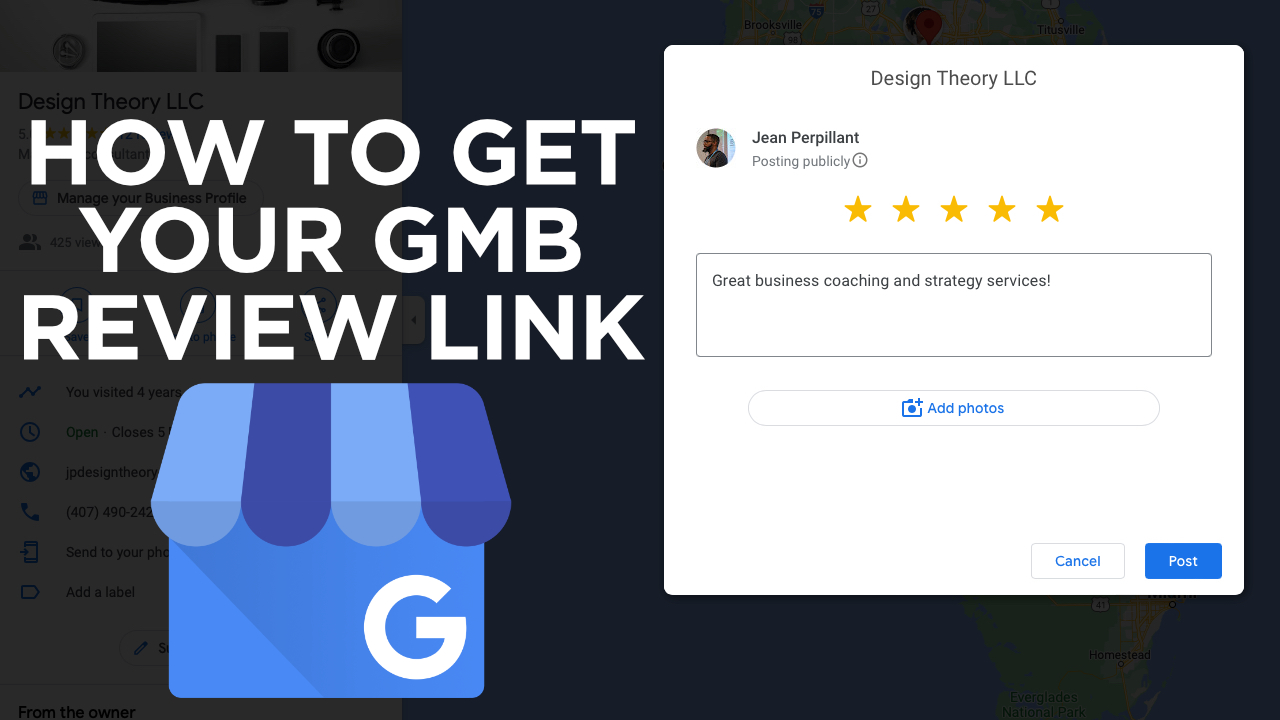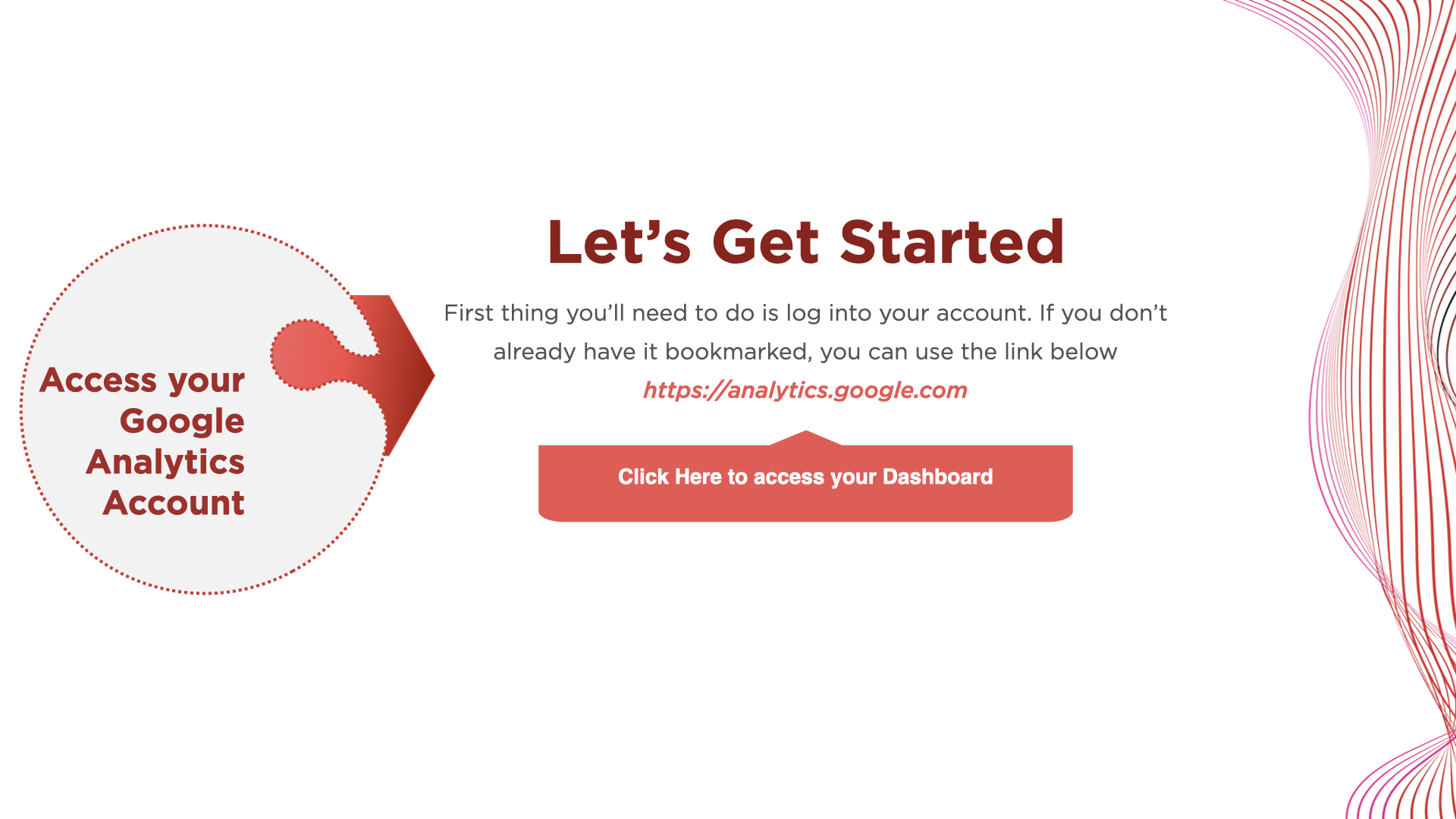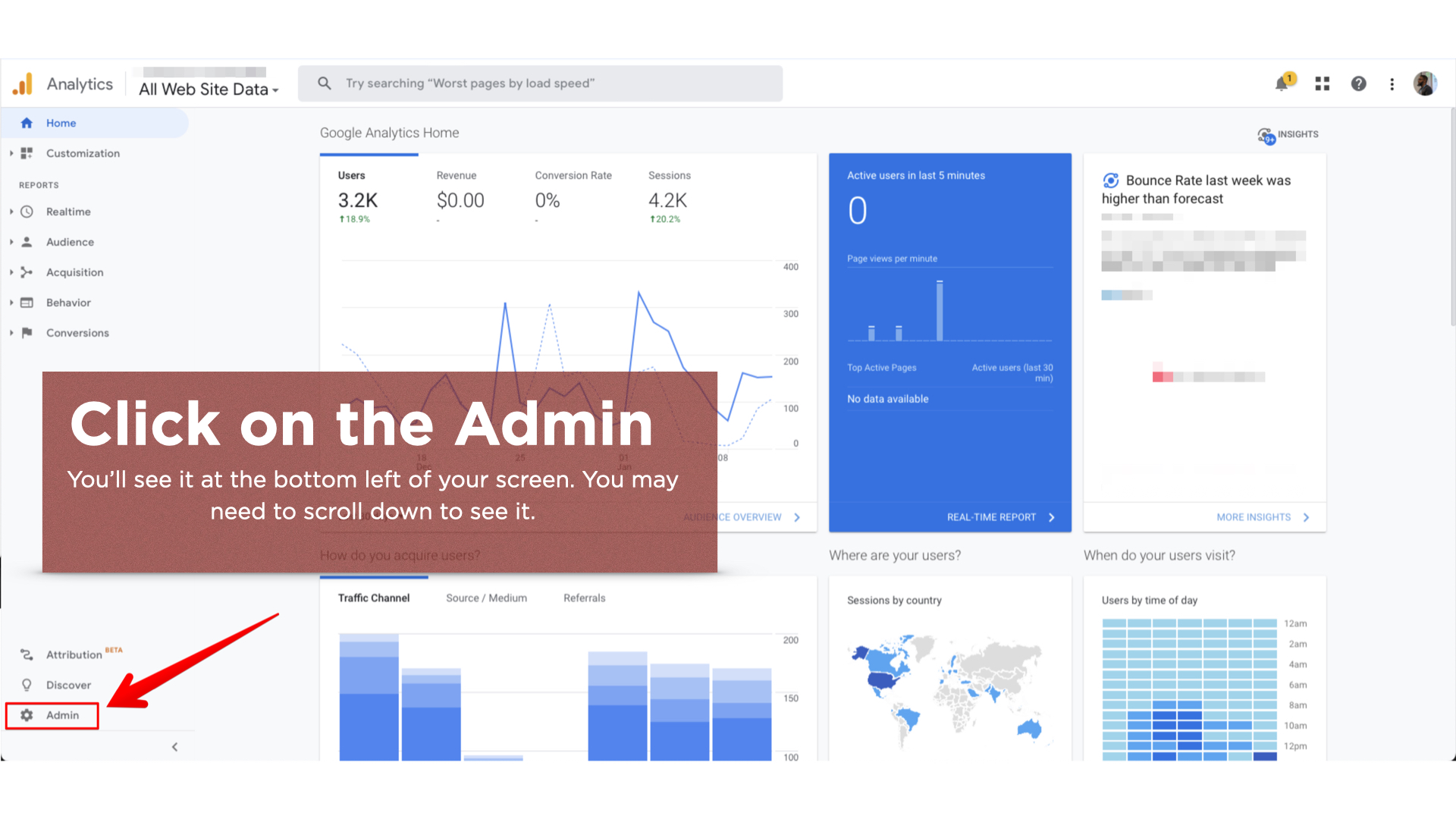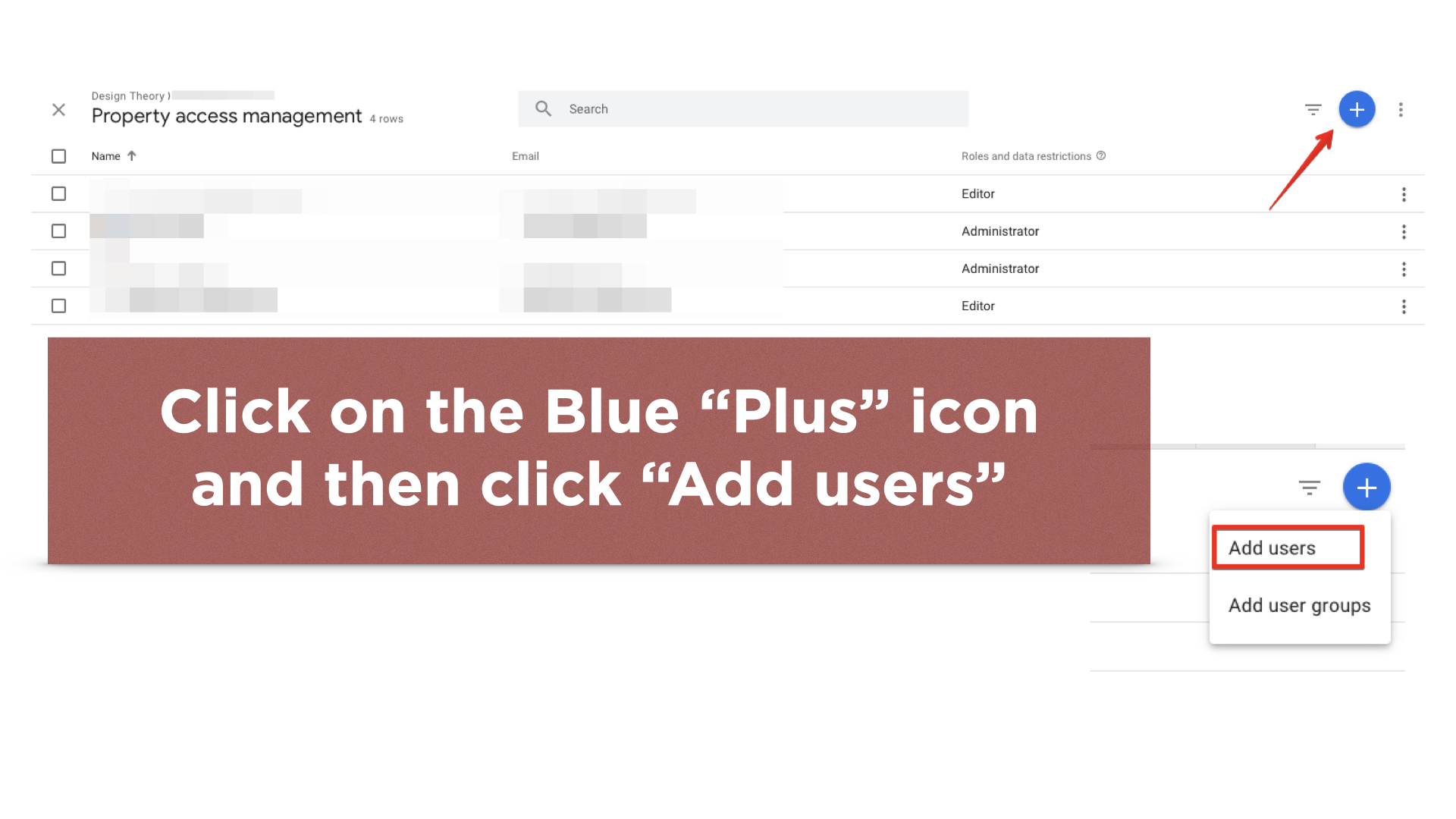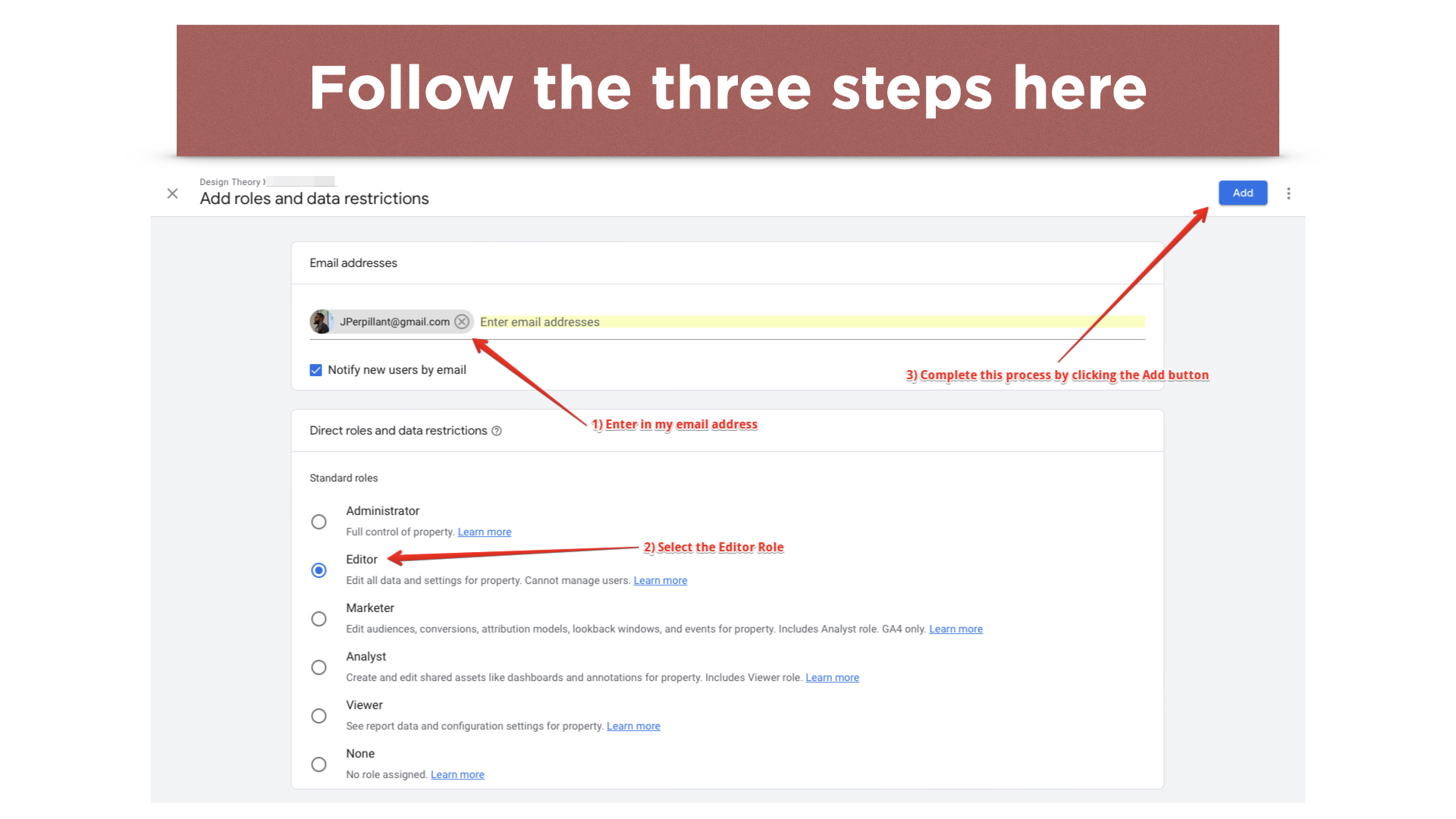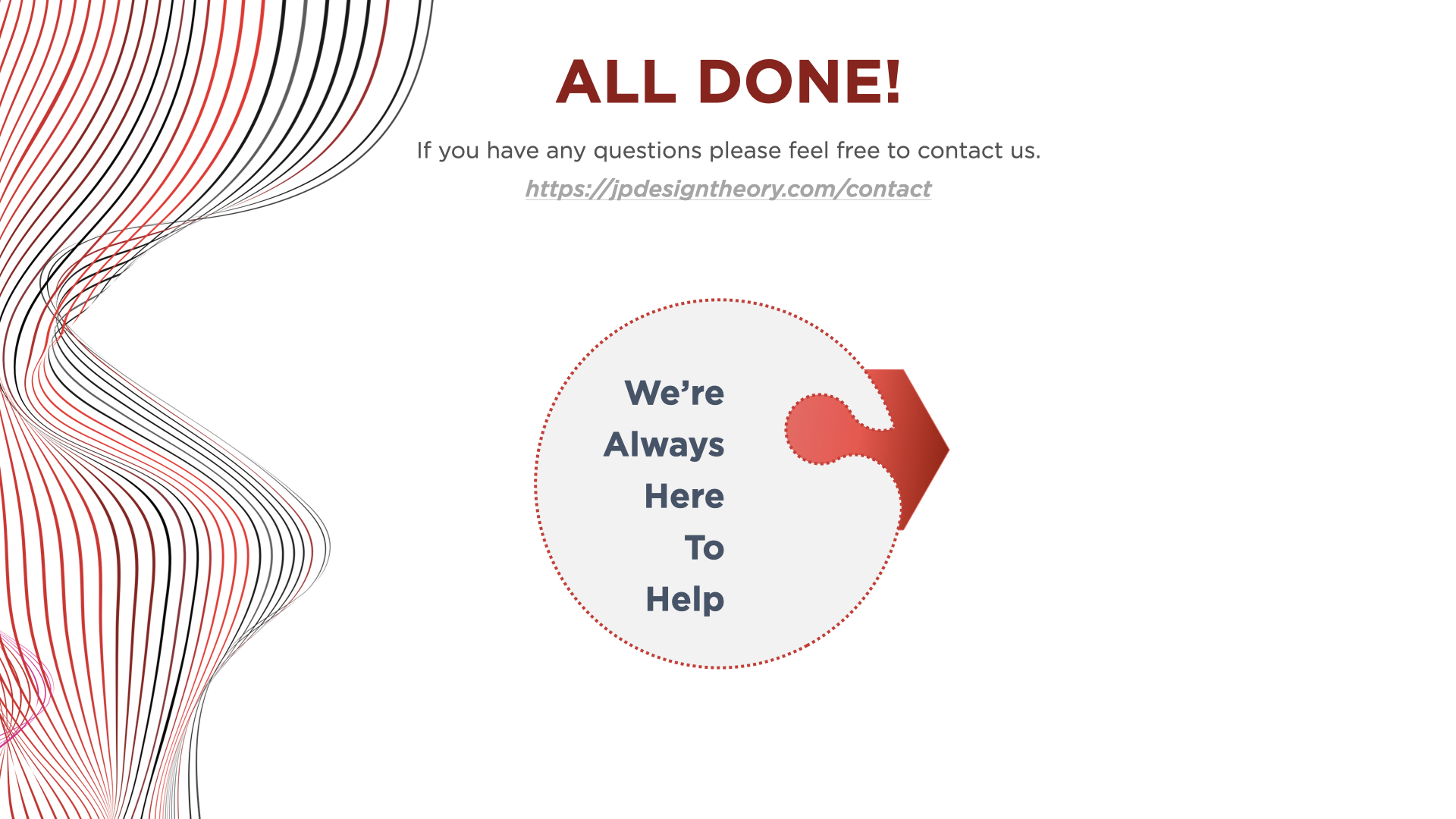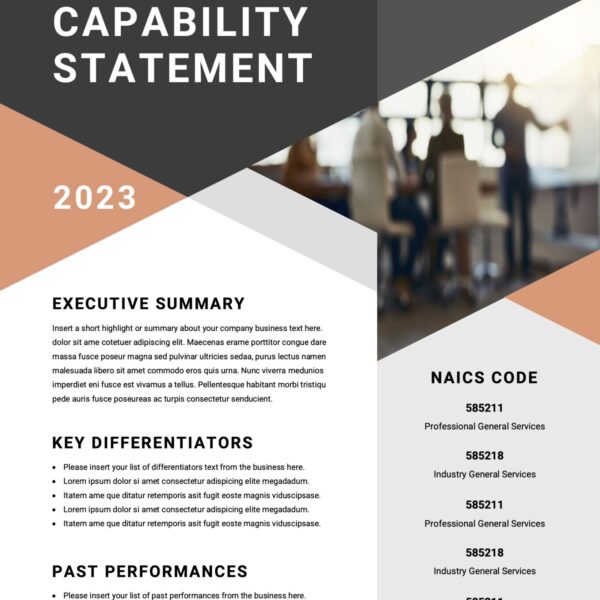
All Posts, Marketing, Web Design
You’ve built a solid website. It looks sharp. The content is great. But there’s one problem—your traffic isn’t growing. Here’s the thing, getting traffic isn’t just about publishing content and crossing your fingers. It’s about knowing what’s working, what’s not, and where the opportunities are hiding.
Enter Ahrefs. You’ve probably heard of it—one of the biggest names in SEO. But what you might not know is that Ahrefs offers a suite of free tools that can give you actionable insights and help you drive traffic without spending a penny. Let’s break it down.
Why Ahrefs? And Why Free?
Ahrefs is like the Swiss Army knife of SEO. You can track backlinks, analyze keywords, and monitor what your competitors are doing. Essentially, all the things that make Google sit up and take notice. Here’s the good news; you don’t need a premium subscription to start making progress. Ahrefs’ Free Tools give you just enough firepower to make smarter decisions and build a traffic-generating machine. If you’ve been wondering whether free tools can really move the needle, here’s a tip: they absolutely can, but only if you use them consistently and strategically. At Design Theory, we’ve seen firsthand how small, focused efforts can add up to big wins when you know where to look.
Step 1: Start with Ahrefs Webmaster Tools (AWT)
Let’s kick things off with the foundation—Ahrefs Webmaster Tools (AWT). Think of this as Google Search Console’s more insightful cousin. It does everything GSC does, but with a sharper eye for SEO opportunities.
How to Set It Up:
- Go to Ahrefs Webmaster Tools
- Sign up for a free account and connect your website
- Verify your site ownership using DNS, HTML, or Google Search Console
Once you’re in, you’ll get access to critical data on:
Site Health: Identify technical SEO issues that might be holding back your rankings.
Backlinks: See who’s linking to you and which pages are driving the most authority.
Keyword Rankings: Find out where you’re showing up in search results, and where you’re not.
Our Theory: Set up AWT as soon as possible and schedule regular crawls. Even if everything looks great now, staying ahead of potential issues saves you headaches down the road. A quick monthly audit can reveal opportunities to improve and flag errors before they cost you traffic.
Step 2: Run a Site Audit and Fix What’s Broken
You wouldn’t drive your car without checking under the hood every now and then. The same applies to your website. A Site Audit through AWT gives you a clear roadmap of what’s working and what’s holding you back.
How to Run a Site Audit:
- In your AWT dashboard, select “Site Audit.”
- Crawl your website and review the results.
- Pay attention to:
- 404 Errors: Broken pages that frustrate users and search engines.
- Slow Load Times: Google penalizes slow sites, and visitors won’t wait around.
- Duplicate Content: Competing pages that confuse search engines and dilute your rankings.
Our Theory: Don’t just fix errors—prioritize high-impact pages. If a 404 error or slow-loading page is on a critical service or product page, that’s where you focus first. Pro tip: Redirect or fix 404 errors immediately, and use canonical tags to consolidate duplicate content.
Step 3: Use the Keyword Generator to Discover Hidden Gems
Now that your site is running smoothly, it’s time to focus on getting in front of the right audience. Ahrefs’ Keyword Generator helps you uncover keyword opportunities you might have missed.
How to Use It:
- Go to Ahrefs Keyword Generator.
- Enter a broad keyword related to your business or niche.
- Review the list of keyword suggestions along with search volume and keyword difficulty.
Here’s where the magic happens. Long-tail keywords (those 4 to 5-word phrases) might not bring massive traffic, but they attract highly targeted visitors who are ready to engage. For example, instead of chasing “digital marketing,” go after something more specific like “how to automate marketing for small businesses.”
Our Theory: Focus on long-tail keywords that align with your services and content strategy. These terms might have lower search volume, but they’re easier to rank for and often lead to higher conversion rates.
Step 4: Analyze Your Competitors with Site Explorer
If you want to win the game, you need to know what the competition is doing. Ahrefs’ Site Explorer gives you a backstage pass to your competitors’ strategies so you can learn from their wins (and their mistakes).
How to Use It:
- Go to Ahrefs Site Explorer.
- Enter a competitor’s URL.
- Analyze their:
- Top Pages: Identify their highest-traffic content and spot opportunities to create something better.
- Backlinks: See which sites are linking to them and explore opportunities to build similar links.
- Organic Keywords: Discover gaps in your own content strategy by targeting keywords they’re ranking for that you’re missing.
Our Theory: Don’t just copy what your competitors are doing, make the extra effort to improve on it. If their “5 SEO Tips for Small Businesses” is getting traction, create a more detailed version like “10 Proven SEO Strategies to Double Your Website Traffic.” Then, reach out to the websites linking to your competitors and offer your upgraded content as a valuable resource.
Step 5: Build Backlinks with Broken Link Building
Most people ignore broken links, but smart marketers see them as opportunities. Broken Link Building is one of the most effective (and underutilized) ways to gain high-quality backlinks.
How to Do It:
- Use Site Explorer to analyze websites in your niche.
- Look for broken outbound links on high-authority pages.
- Reach out to the site owner and suggest your content as a replacement.
Why does this work? Website owners want to maintain a high-quality user experience, and fixing broken links is part of that. You’re not just asking for a favor—you’re helping them improve their site.
Our Theory: Aim for relevance. A backlink from a niche-relevant site will do far more for your SEO than a generic one. When you offer a solution to broken links, make sure the content you’re suggesting is closely aligned with the original link.
Step 6: Track Your Progress and Refine Your Strategy
SEO is not a one-and-done game. The beauty of using Ahrefs is that it allows you to monitor your progress and refine your strategy based on real data.
How to Track Progress:
- Use AWT to schedule regular site audits.
- Monitor keyword rankings to see where you’re gaining (or losing) ground.
- Analyze which pages are driving the most traffic and focus on doubling down on successful content formats.
Our Theory: Make tracking a habit. Set a monthly review date to assess your SEO health and make adjustments. Small, consistent improvements will compound over time and lead to sustainable growth.
Closing Theory: Why This Matters for Your Business
Using Ahrefs’ free tools isn’t just about fixing broken links and finding keywords, it’s about understanding how search engines see your site and positioning yourself to win. The insights you’ll uncover with these tools give you a clear path to making your website a high-performing, lead-generating asset.
With us here at Design Theory, we’ve helped many business owners transform their websites from digital brochures into powerful growth engines. The truth is, most of them started with small tweaks that led to big gains over time. If you’re ready to take the guesswork out of growing your website traffic, it’s time to dive into Ahrefs and let the data guide your next move.
Ready to make your website work harder for your business?
Schedule a consultation with either Jean or Nicole and let’s talk strategy.

All Posts, Content & Copywriting, Marketing
Headlines. They’re the gatekeepers of your content. It’s weird to think of it like that right? We’re all jockeying for the attention of readers scrolling through feeds and you’ve got a just few seconds to grab someone’s attention. This isn’t easy and there isn’t a (silver bullet) one solution for all platforms. Whether you’re optimizing your LinkedIn posts for engagement, writing landing page copy to drive conversions, or crafting email newsletters that generate clicks, effective headlines are the key to success you’re seeking.
Why Are Headlines So Important?
Think of headlines as the front door to your house. A great headline invites people in, makes them curious, and promises value. On platforms like LinkedIn, where content is consumed at warp speed, or landing pages designed to convert visitors into leads, the wrong headline can send people running for the hills—or the “back” button.
But what makes a headline work?
A strong headline must:
- Speak directly to your audience’s needs and desires.
- Promise a solution, a benefit, or valuable information.
- Stand out amidst the noise.
It’s an art and a science. And mastering it can lead to higher engagement, more leads, and ultimately, more business.
Crafting Headlines for LinkedIn Posts
LinkedIn is a unique beast when it comes to headlines. Professionals scroll their feed looking for value, not sales pitches. That means your headlines must be direct, insightful, and, most importantly, relevant.
Key Strategies:
- Hook Their Interest: The first few words should capture attention. Use power words like “Why,” “How,” or numbers (lists and steps draw readers in).
- Address Their Pain Points: Identify a common problem within your industry or profession and hint at a solution.
- Use Action Verbs: Words like “Discover,” “Uncover,” and “Master” push readers toward action.
Example in Theory:
- Effective: “How to Increase LinkedIn Engagement by 40% in 30 Days”
- Poor: “Increasing LinkedIn Engagement and Activity”
See the difference? The first one is specific, has a timeframe, and offers value. The second is vague and uninspiring.
Writing Headlines for Landing Pages
Landing pages are designed to convert. Whether you’re collecting emails, selling a product, or promoting a service, the headline must convey why the visitor should stay and take action. The stakes are higher here—you’ve already gotten their click, now you need to earn their trust.
Key Strategies:
- Focus on the Benefit: What will the user gain? Be clear, specific, and offer a solution.
- Create Urgency: Use words that imply limited time offers or exclusive benefits.
- Keep It Concise: People skim online. Your headline should be short, punchy, and easy to digest.
Example in Theory:
- Effective: “Boost Your Sales by 30% with Our Proven Email Marketing Strategy”
- Poor: “Sign Up for Our Email Marketing Services Today!”
Notice how the first headline gives a specific benefit (30% sales increase) and a hint of credibility (“proven”). The second one? Bland. It doesn’t offer anything that grabs attention or excites.
Crafting Headlines for Email Newsletters
In the world of email marketing, your headline—or subject line—determines whether your message will even get opened. This is a make-or-break moment for engagement, and the wrong subject line can doom even the most well-written email to the junk folder.
Key Strategies:
- Personalization: Use the recipient’s name, or tailor the headline to their specific interests.
- Be Conversational: Emails are personal, so your subject lines should sound human.
- Spark Curiosity: Pique interest without giving too much away.
Example in Theory:
- Effective: “Sarah, Here’s How You Can Save 20% on Your Next Project”
- Poor: “Save 20% on Services”
The first example speaks directly to the recipient and feels personalized. The second is generic and screams “spam.”
5 Examples of Effective Headlines
Now that we’ve covered some key strategies, I want you to take a look at five more examples of effective headlines that would work well across LinkedIn posts, Landing Pages, and Email Newsletters:
- “Unlock the Secrets to Growing Your Business on LinkedIn—Step-by-Step Guide Inside”
- “How to Double Your Email Open Rates in Just 7 Days”
- “Master the Art of SEO and Watch Your Traffic Skyrocket”
- “Why Most Small Businesses Fail at Digital Marketing (and How You Can Succeed)”
- “Ready to Scale? Here’s How Our Clients Are Seeing 3X Growth in a Year”
These headlines are effective because they offer specific results, appeal to emotions, and promise valuable insights or solutions.
5 Examples of Poor Headlines
And here are five examples of what not to do:
- “Business Growth Tips for LinkedIn”
- “Learn How to Send Better Emails”
- “SEO Techniques to Improve Traffic”
- “The Best Digital Marketing Tools You Can Use”
- “Grow Your Business Fast with These Strategies”
These headlines fail because they are vague, lack urgency, and don’t offer any clear benefit to the reader. You want to stay far away from generalizations and provide specifics to catch attention.
[BONUS] SEO Considerations for Crafting Headlines
Really quick, I want to add in some tips about SEO which is an essential element of your digital marketing. The headlines you craft should not only grab attention but also enhance your site’s visibility on search engines like Google.
Key Strategies:
1. Include Keywords – Think about what your audience is searching for. Terms like “LinkedIn engagement,” “email open rates,” and “SEO tips” are gold.
2. Focus on Long-Tail Keywords – These are more specific and help you stand out. For example, instead of “email marketing,” use “how to improve email open rates.”
3. Optimize for Click-Through Rates (CTR) – Google measures how often people click on your headline. Headlines that promise value and match user intent will perform better in search results.
Wrapping things up here, I want to leave you with these precursors to your headlines to be specific, be valuable, and speak to your audience’s pain points. Remember that’s the whole reason they’re searching the internet for, and if you can win their trust and become their subject matter expert. Effective headlines get the job done and if you get them right, you’ll see the difference in your engagement, conversions, and overall business growth. So, take a moment before you hit “publish” and ask yourself: Does this headline really make people want to keep reading? If not, it’s time to refine, tweak, and perfect until it does. I almost used that as the headline for this article to be honest 

All Posts, Business Strategy, Facebook, Marketing
What if you could turn every Facebook group interaction into a potential business opportunity? Explore the strategies that small business owners are using to leverage these groups for powerful networking and referral generation. In today’s digital landscape, local Facebook groups have become goldmines for small business owners seeking to expand their network and generate referrals. These online communities offer a unique platform to connect with like-minded individuals, share valuable insights, and establish yourself as a trusted expert in your field. In this article, we’ll explore the strategies that savvy small business owners are using to effectively leverage Facebook groups, transform casual conversations into lucrative opportunities, and build a robust referral network that drives sustained business growth.
Follow the 80/20 Rule
The 80/20 rule is essential for building trust and credibility within any community. For your time in that group, you’ll want to spend 80% of it providing value and contributing to group discussions. This could involve sharing industry insights, offering free advice, answering questions, and participating in conversations. Use the remaining 20% to strategically promote your products and services. This approach ensures you’re seen as a valuable member rather than someone who’s just there to sell.
Get to Know the Group Dynamics
When you first join a new group, take time to understand the dynamics. Identify the most active members and the type of content that resonates with the group. Pay attention to the posts that get the most engagement and learn from them. I would also suggest keeping track of the times of day that people are most active and if you find some trends, make time in your schedule to be available and online at the same times. This insight will help you tailor your contributions to match the group’s interests and needs.
Engage with Recent Posts
Scroll through recent posts and look for opportunities to add value. Answer questions, provide helpful suggestions, and share relevant experiences. Showing your active participation helps establish a presence and start building relationships with group members. Turn on notifications and tailor them to your workflow so that you or someone in your organization is able to take action on the notifications while the attention is recent. Sometimes the first person to respond is tracked if Group Badges and features are turned on by the Admins.
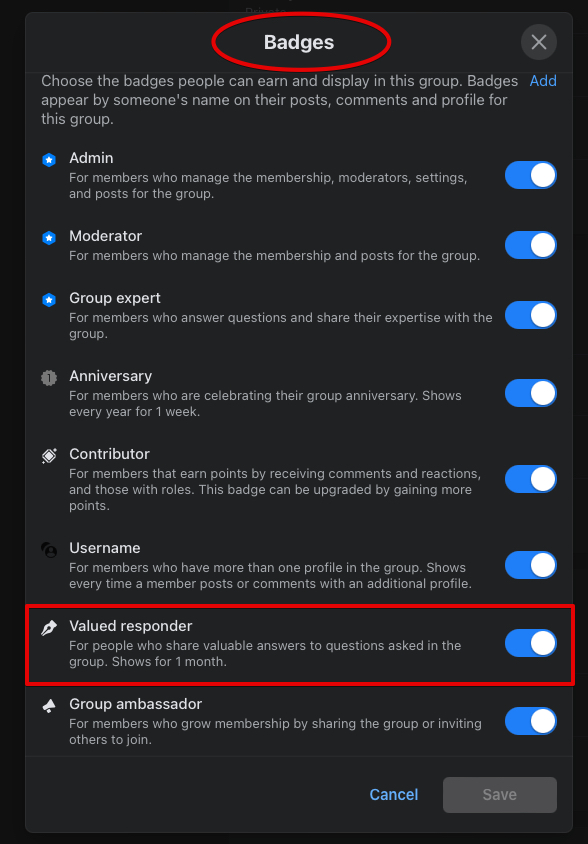
Look for Direct Opportunities
While engaging with the group, keep an eye out for engagements where you can offer your services right to someone who you can tell is in need. If someone mentions a problem that your business can solve, consider sending them a direct message (DM) with a personalized offer or solution. Ensure your approach is genuine and not overly salesy to avoid coming off as pushy. Remember, most people don’t like to be “sold to” but most people do appreciate a useful and timely recommendation.
Publish Informational Content
Regularly share content that showcases your expertise and provides valuable information to the group. This could be blog posts, industry news, how-to guides, or tips related to your field. While I would suggest looking to engage a few times a day, that may not be feasible for most that are attempting this audience development on their own. If you have staff or a Virtual Assistant, this is an easy task for them to manage for you and your business to foster a regular presence. Add into your workflow that your team can reach you directly if an opportunity best suits your direct involvement or tone. By consistently offering high-quality content, you’ll position yourself as a knowledgeable and trusted resource. Check out our Social Media Starter Plan that’s on sale right now for even more content tips for your social media marketing campaigns.
Building a reputation as a subject matter expert takes time and consistency. Keep a persistent presence in the group by regularly contributing and engaging. Over time, your efforts will pay off as group members start recognizing your expertise and turning to you for advice and services. We’ve seen it where people aren’t even active in a group and they are tagged by others because they want to ensure that certain group members and contributors see a particular post or discussion so that the tagged person can get immediate awareness to engage in a timely manor.
Encourage Referrals
Once you’ve established trust and demonstrated your expertise, don’t hesitate to encourage referrals. Ask satisfied group members to recommend your services to others. This is a major key! The social proof these post recommendations will be among all others in the group are powerful and can significantly boost your credibility and business prospects. The Group Admins will champion these too because it gives further validity to the group and the quality of members, namely you! Receive a few in a short and consistent time and I can almost guarantee you’ll be on the yellow brick road to success and multiple referrals due to your efforts practicing this strategy.
Of course this is just one of our many Theories, so experiment this on your own and let us know in what ways these tips have helped you grow your audience and presence on Facebook Groups. If you’d like our guidance for your organization, please feel free to give us a call (407-490-2425) or send us a message.

Business Strategy, Marketing
Over the past year, the term ‘excuseflation’ has been growing in business conversations. I’ll admit, I just learned about this terminology, but the definition or explanation of it I have become all too familiar with since the start of the pandemic. To put it lightly, ‘excuseflation’ refers to the increasing tendency of businesses to attribute shortcomings in their services or products to external factors. Most commonly global events (wars), inflation/stagflation, or supply chain disruptions. While these factors undoubtedly influence business operations, the excessive reliance on these reasons has begun to wear thin on consumers, causing them to question the authenticity of these claims.
As the marketplace continues to evolve, it is crucial for small businesses to differentiate themselves from competitors who try and exploit ‘excuseflation’ to their advantage. Below are three competitive strategies that can help small business owners in providing better communication and superior services, and most importantly setting themselves apart in their respective market.
Emphasize Transparency
One of the major issues with ‘excuseflation’ is its potential to erode consumer trust. To combat this, small businesses should prioritize transparency in all interactions with their customers. Whether it’s discussing product pricing, delivery timelines, or service limitations, being open and honest about these matters can build a stronger bond with consumers. Using tools like weekly social media updates on freshly available products and materials. Communicating through your email newsletters, or even direct conversations can help businesses stay transparent and foster a culture of trust. Don’t hesitate to flex a little bit on your hill of honor, you’ll win new clients and customers that’ll be with you for years.
Leverage Customer Service as a Differentiator
This is probably my favorite because in many big retail or big commerce establishments, the mission is volume and customer service is near the bottom of their values. So in the face of ‘excuseflation’, a small business can stand out by providing exceptional customer service. This involves not just addressing customer issues, but proactively working to prevent them. Regular check-ins with clients, asking for feedback (yes even making a warm phone call will go a long way). Even if you only dedicate 20 minutes a day to make sure your customers know that their satisfaction is your top priority, at the end of a week we’ve seen a small percentage turn into additional sales. Remember, small businesses often have the advantage of a more personal touch, which can go a long way in making customers feel valued.
Continuous Improvement and Innovation
While some businesses are blaming the environment for their performance, use this as an opportunity to introspect and innovate. Focus on improving your products, services, or internal processes and procedures. This could mean investing in technology to streamline operations or brainstorming ways to improve your product or service based on customer feedback and tone of the marketplace. Innovation not only helps in providing superior offerings compared to competitors who use ‘excuseflation’, but also showcases your commitment to growth, regardless of external factors.
Closing Theory: While ‘excuseflation’ might seem like an easy route in the short term to raise or keep prices high, businesses that choose to blame external factors for their shortcomings risk damaging their reputation and brand in the long term. As a leader, you have the opportunity to take a different path. Lead by emphasizing transparency, prioritizing customer service, and committing to continuous improvement and innovation, you can effectively differentiate your business and build a strong, trusting relationship with your customers.
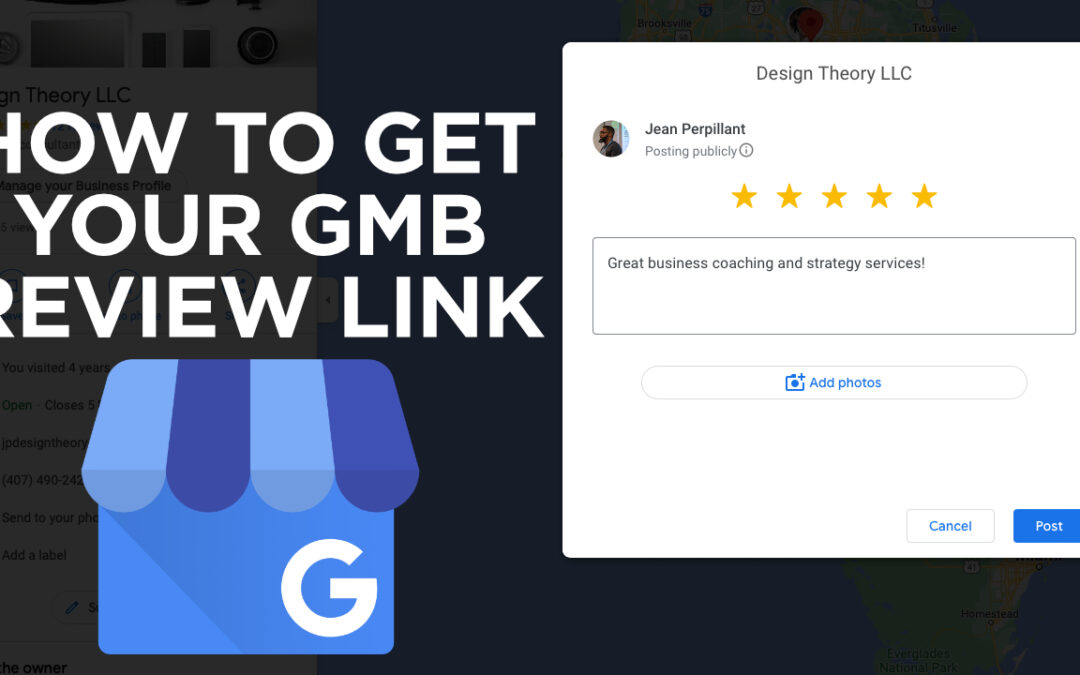
How to, Marketing
Having your customers and clients leave you positive reviews is a fantastic way to organically grow your business profile on Google. Getting them to engage and leave you a review sometimes may be include a bunch of steps and this short video will show you how to make the whole process super easy and frictionless.
Some unique ways you can use this:
- Add your link to your email signature
- Automate your “Thank You” email to your clients and include a call to action using this link
- On the part of your register that faces your customers during checkout
- As part of a repeat customer plan where after providing a 5 Star Review, your customers get a special discount on their next purchase
- Create a custom QR code with your companies brand colors and even your logo and place it on a sticker or back of your physical marketing materials
If you would like some ideas or ways to create a marketing strategy to customize your review process, be sure to contact us.

All Posts, How to, Marketing, SEO
Google Analytics is a powerful tool for tracking website traffic and user behavior. However, sometimes you need to share access to your Google Analytics account with other people, such as team members or clients. In this quick blog post, we’ll show you how to easily add a new user and provide specific access for Google Analytics, so you can collaborate and share data with others. Whether you’re a business owner, marketer, or developer, this will help you quickly perform this process.








